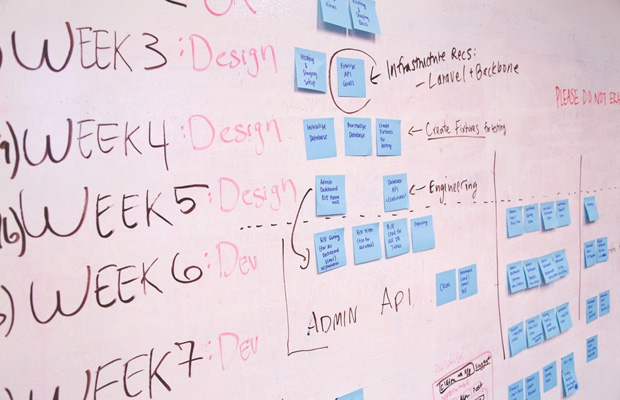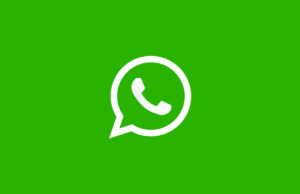Important Points For Planning Your App

Almost every business in the world now has its own app. To make sure you’re not falling behind, I’m certain you want to get one out there too. Apps can do all kinds of great things for a business, but only if it’s good enough! Like a lot of things, the secret of a good app is all in the planning. Here are some tips for planning out your app.
Before you even settle on a color scheme or icon, you need to do some market research. This is true for any big move in business, and it’s true for developing your app. Luckily, there’s an easy and effective tactic for doing this. Simply look into your competitor’s apps, and the public feedback they’ve received. It shouldn’t take long to see a pattern emerging. Your target market will probably have some qualm with the way your competitor’s apps work. Narrow down the common issue with all the apps you’re up against, and make sure your app won’t have it. When you’re further along with the development, also bring in some real users to test the app and give you feedback.
Obviously, if your app is free of a problem which all your competitors’ has, it will give it a considerable advantage. However, this isn’t the only thing you could use to make your company’s app stand out. One of the best things about custom app development is that it gives you the opportunity to add something different. Whether you develop the app within your own company, or you outsource it, programmers should be up-to-date on what’s making a buzz with apps. Utilizing the cameras in mobile devices is an easy way of doing this. The Google translate app allows you to capture any bit of text with a camera, and translate it in a matter of seconds. Cool, right? Having said all this, don’t force in some kind of expensive gimmick if it won’t benefit the end user.
Finally, make sure to consider the user’s offline experience. This is a pretty simple tip, but countless developers manage to neglect it. Obviously, there are certain apps where the main function depends on an internet connection. If your app isn’t going to be one of these, then make sure you accommodate for offline users as well. Let’s say you sell DIY supplies, and your app is going to have how-tos. You should have a feature which allows your customers to save these tutorials for offline reading. If one of your customers needs to know how to fix a door hinge, but they can’t because their Wi-Fi is down, your app is only going to frustrate them. I’m sure one day, an internet connection will be unavoidable. Until that day though, think about the user’s offline experience.
These three points should give you a great foundation for planning your app. There’ll be various kinks and bugs to iron out further down the line. However, getting the most important features out of the way will make the whole process easier for you.













 © 2024
© 2024
0 comments